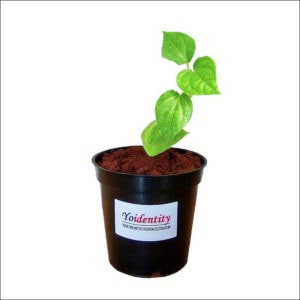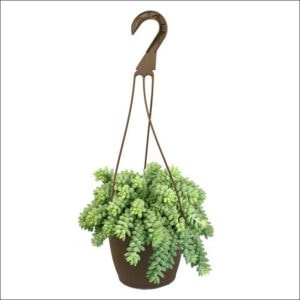Description
Lavender Plant
These aromatic subshrubs are popular in herb gardens as well as in the perennial border, and the intensely perfumed blue-violet, mauve, pink, or white flowers are treasured for drying and making potpourri.
The foliage of Lavender is a standout in the garden where its silvery or gray-green hues contrast nicely with its neighbors. A tough plant for sunny dry spots and one of the longest-blooming tough semi-shrubs around, lavender (genus Lavandula) would find a place in most sunny gardens even if it didn’t have such a heavenly scent.There’s more good news, too: lavender is easy to prune, and when you do it, you’ll be covered for the rest of the day in those aromatic oils. This is one of the few gardening tasks that is a good idea to do right before a hot date! A sweetly fragrant lavender used for perfume and sachets; also good for flavoring ice cream, jams, meat rubs, and pastries.
Planting and care
| Sunlight | Full sun. |
| Watering | In the summer plants in pots will need frequent watering, but remember be careful not to waterlog lavender. This should be unnecessary after establishment, except plants in pots which need frequent watering during summer. See also Overwintering below. |
| Soil | Grow in average, dry to medium, require well-drained neutral to alkaline soil,, alkaline soil in full sun. Prefers a light, sandy soil with somewhat low fertility. |
| Temperature | 50 to 60 degrees Fahrenheit. |
| Fertilizer | Lavenders do well on poor soils and need little fertiliser, we just add a sprinkling of potash around the base of the plant in the late summer and spring. Do not add high nitrogen feeds or manure this can cause the plants to grow tall and weak. |
| Harvest Season |
|






Reviews
There are no reviews yet.